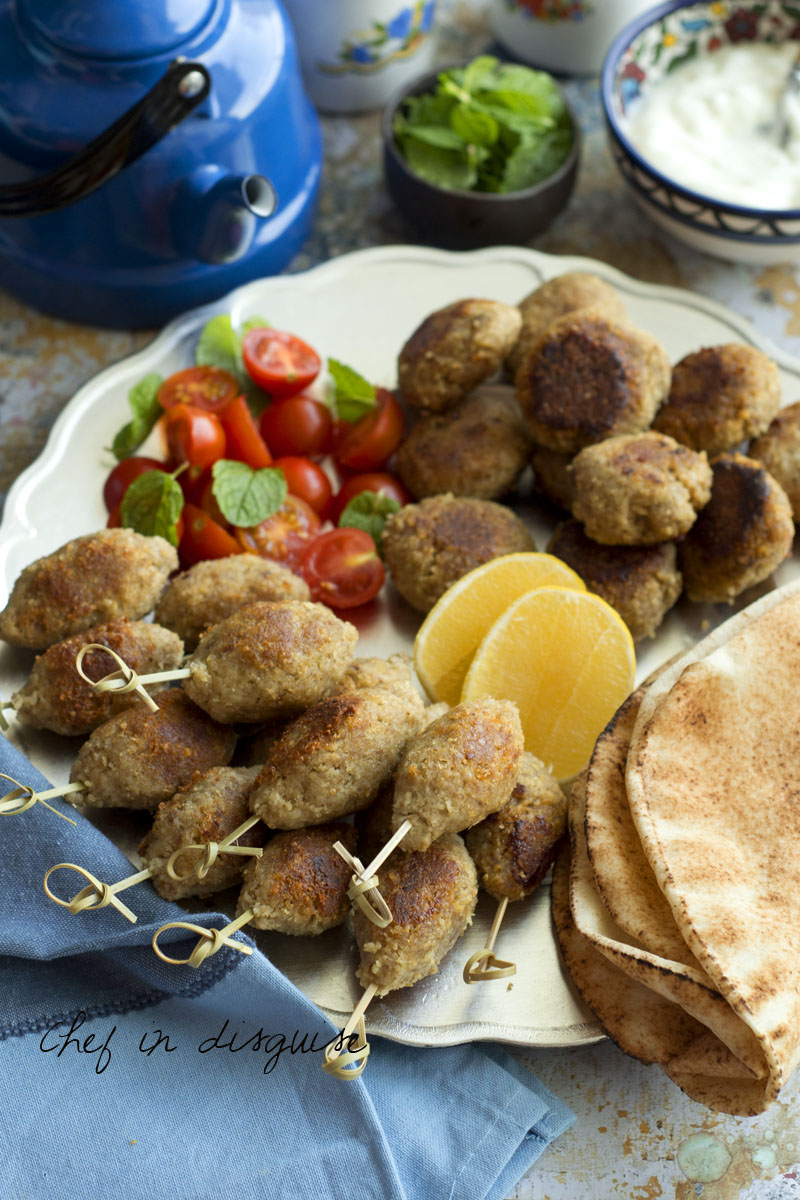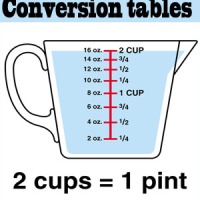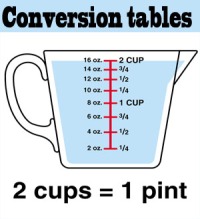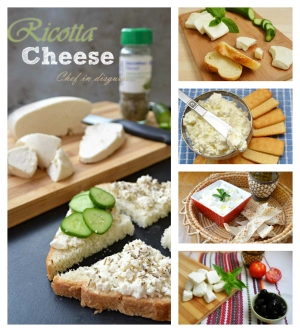The beginning of the month means that it is time for our monthly traditional Arabic flavor recipe. For this month our host chose a recipe that is traditionally prepared in the olive picking season.
Through out the Levant (Palestine, Jordan, Syria and Lebanon) October through December is the olive picking/olive oil pressing season .To understand the significance of this you have to know that olive oil not only plays a major role in the middle eastern cuisine but it also plays a central role in the culture and history of the area and so does olive picking and everything related to those beautiful trees .
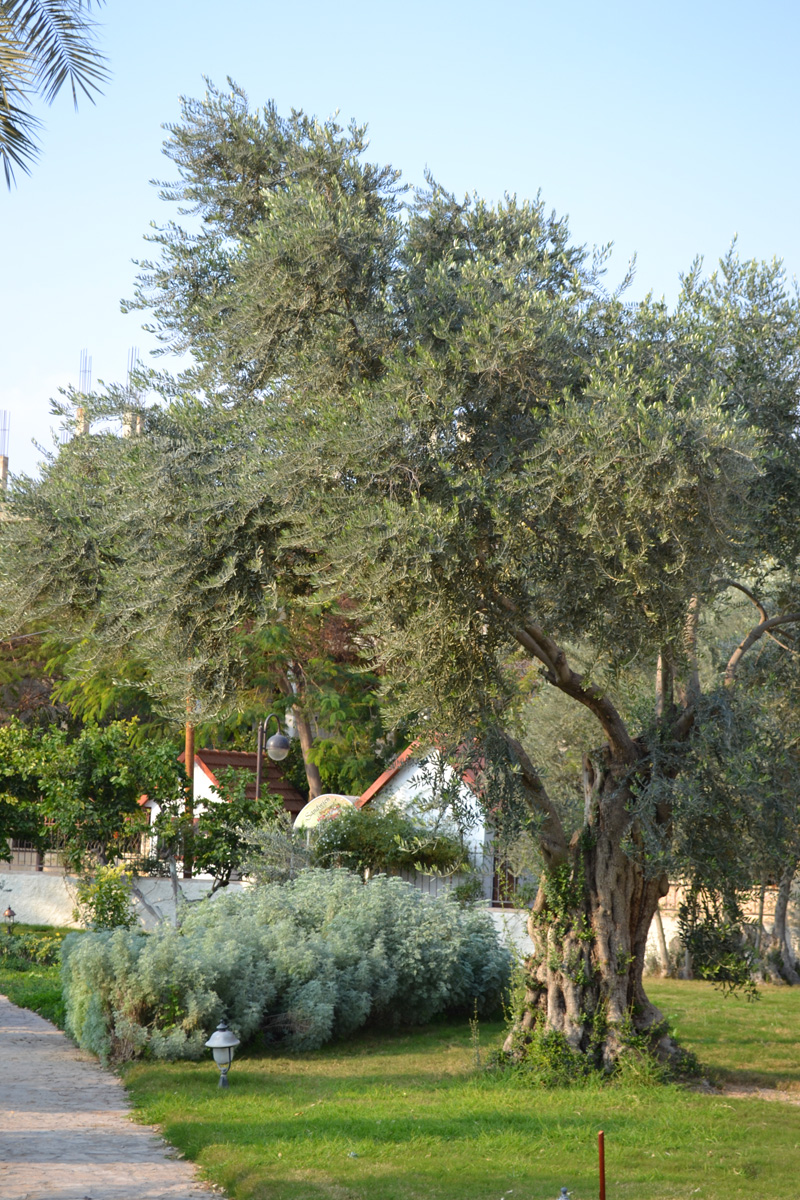
You see,olive picking, in this part of the world, is still a family affair. Something people look forward to and do as a community. Most people pick their olives by hand. It is a long and tiresome process but the quality of the oil is so much better with hand picking because using machines to pick olives bruises them while hand picking does not.
Ladders, simple sticks and long days in the fields spent with friends, neighbors and family. Kids, youth and elderly all take part in the olive picking festivities.

When I went back home to Palestine for a visit two years ago, mum took me to her grandfather’s olive groove. She shared stories and fond memories of her time as a child, climbing olive trees and helping with the harvest.
The area in the olive groove has a number of big slaps of stone. Mum was searching for a particular one.We found it after some searching.
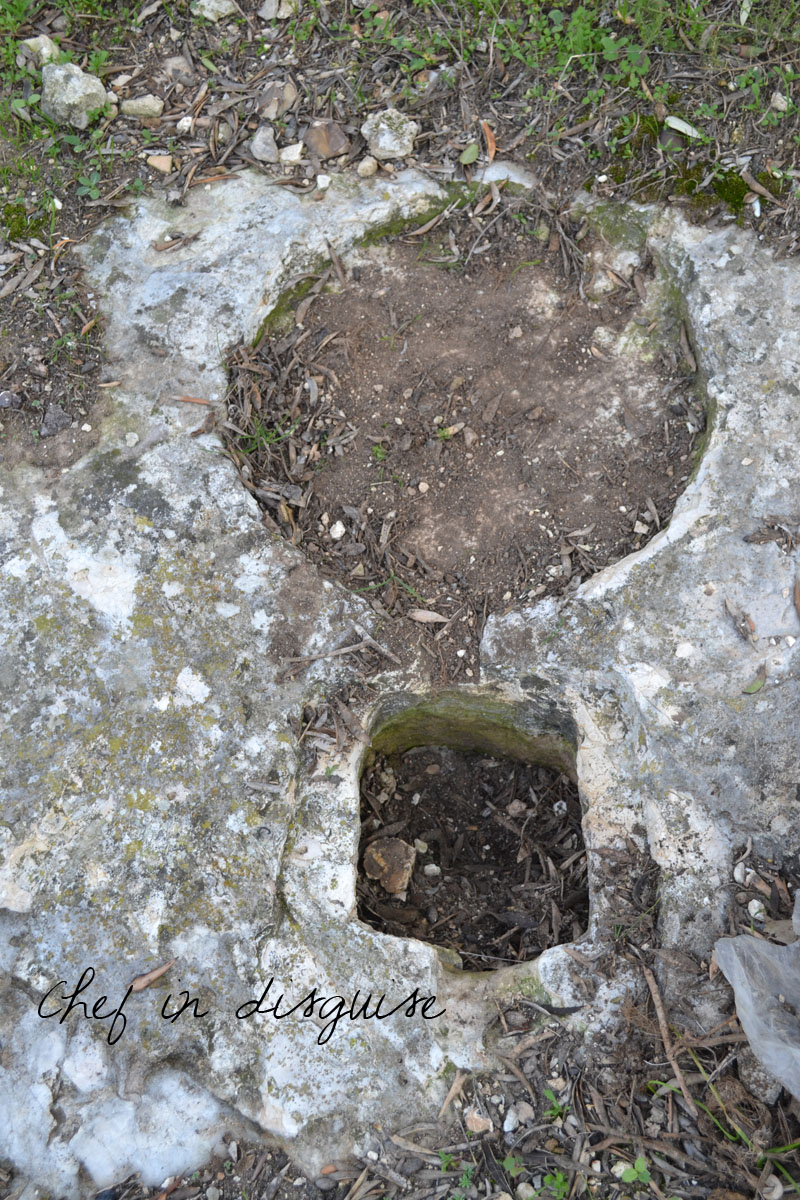
Mum said that she wasn’t sure what the original purpose of those ancient carving in the stone slap was . The carvings have been there for as long as her mother, grand mother and great grand mother can remember. Some say the area was used to grow grapes by the Romans and they used the slaps to press the grapes.No one knows for sure. Mum was looking for the stone to tell me a story about olive picking.
Long ago people used to wash the stone until it was sparkling clean then they would place olives in the big round depression . Then they used a big flat stone to press the olives . After that they would pour some hot clean water over them. The water and the olive oil would flow to the deep rectangular depression and the olive oil would float to the surface .They would then collect the olive oil and give it to the kids as a snack during their long olive picking days with some warm bread.
This type of olive oil is called zait tfah (which literally means the oil that floats). The name comes from the technique used to prepare it. Zait tfah was known throughout the Levant (people would press some olives with a stone and then use water to extract the oil)as farmers used the technique to get a little taste of the year’s olive oil harvest before taking it to the actual automated press. Sadly that is part of history now and very few people do it or know of zait tfah.
Mum fondly remembers the taste and insists that it was the best olive oil in the world. Taking care of your trees all year long, watching the olives grow and ripen, day by day, spending days upon days picking the olives one by one, made the first taste of the olive oil something unrivaled by anything that you can buy
This little video gives you a glimpse of an olive picking day in Palestine. The process is the same throughout the Levant, minus the harassment of the occupation
Along with the olive picking rituals, stories and memories , Traditionally farmers celebrated the long awaited freshly pressed olive oil with a variety of recipes like olive oil bread (kaek bel zait -the bread you see in the picture below),and musakhan. Recipes that allow that emerald green extra virgin olive oil to shine
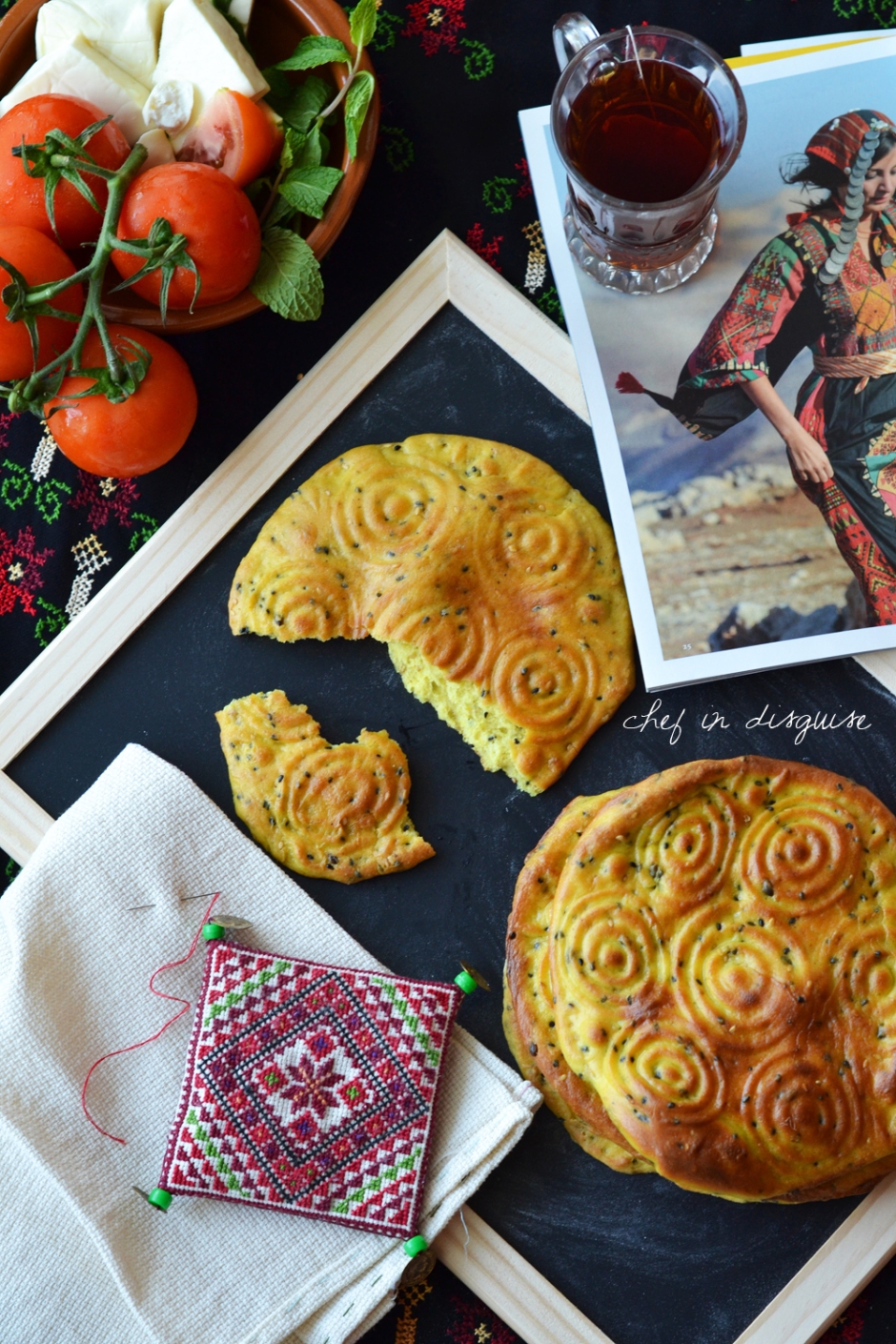
After the extremly long intro lol We come to today’s recipe. Since it is olive picking season, our host (Hanan al Smadi) chose a traditional recipe that is popular in the north of Jordan (which is an agricultural area ). The recipe takes its name from tribes of Kfarat.The kfarat tribe lives in an area that is famous for the quality and richness of its olive oil .
To be honest I had my doubts about this recipe . As you look at the pictures and go through the recipe you’ll understand my confusion. The kebabs are shaped like kubbeh but instead of a bulgur shell that is stuffed with meat, the Kfarat kebeb is made entirely out of a mixture of meat, chicken, bulgur and spices. There is no filling here. The spice profile is completely different from Kibbeh. The heavy use of anise seed in particular had me worried
Added to that, Kfarat kebabs are seared then cooked in salted water then steamed while kibbeh is usually fried.
So to avoid a major mess, I decided to try half the recipe. A decision I regretted later on because the Kfarat kebabs were a major hit with everyone who tried them!
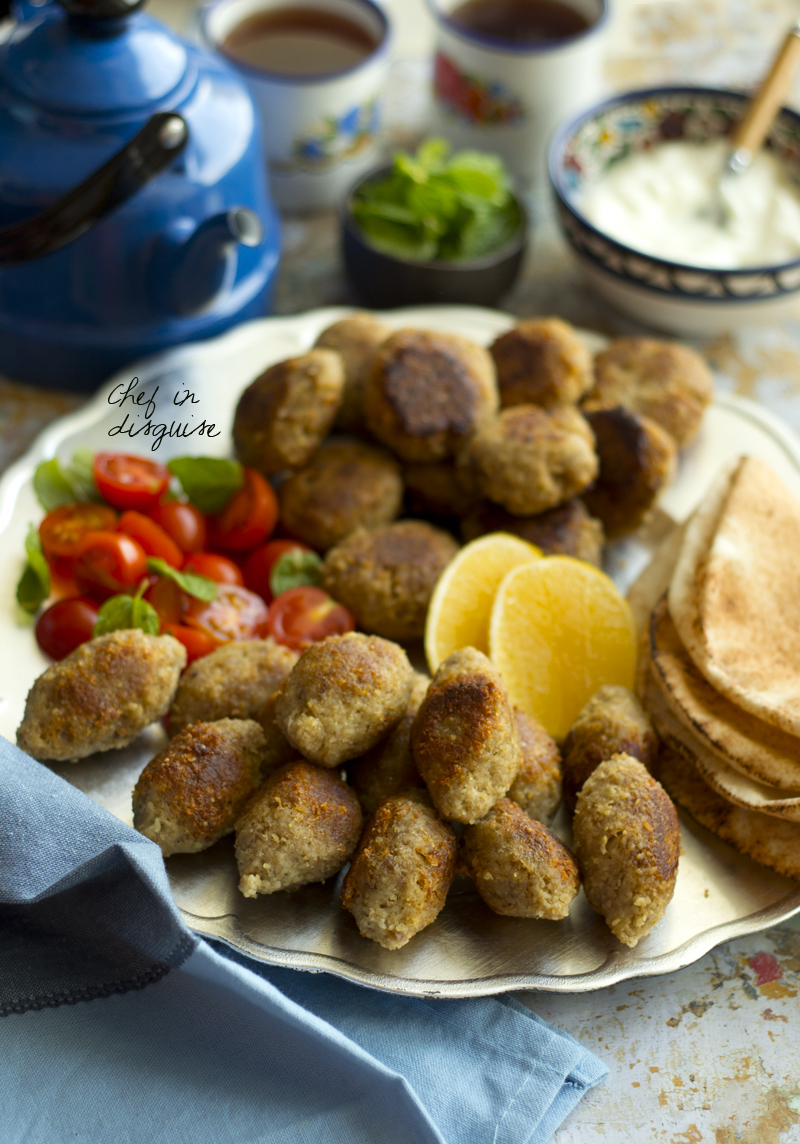
Taste wise the Kfarat kebab were very close to kibbeh. The same key flavor players are here only the kfarat kebab are so much easier to make and are definitely healthier.
The anise completely disappeared and blended with the other spices.You can’t detect it in the cooked kebab. I don’t know if that is because of the cooking technique or the particular blend of spices. All I can say is that the end result was a truly harmonious melody. Earthy notes from the Bulgur beautifully complemented by all the spices.
One last note about the recipe. The ingredients are measured using volume not weight! I know it sounds strange but it is a delicate balance of proportions each cup of minced meat needs 1 cup of bulgur, 1 onion and 1/4 cup of water and 1/4 cup olive oil.
You can divide or duplicate this recipe to suit your needs, the recipe as listed made the amount you see in the pictures(it is half of the original recipe provided by our host). We’re a family of 4 and it lasted us 2 days.
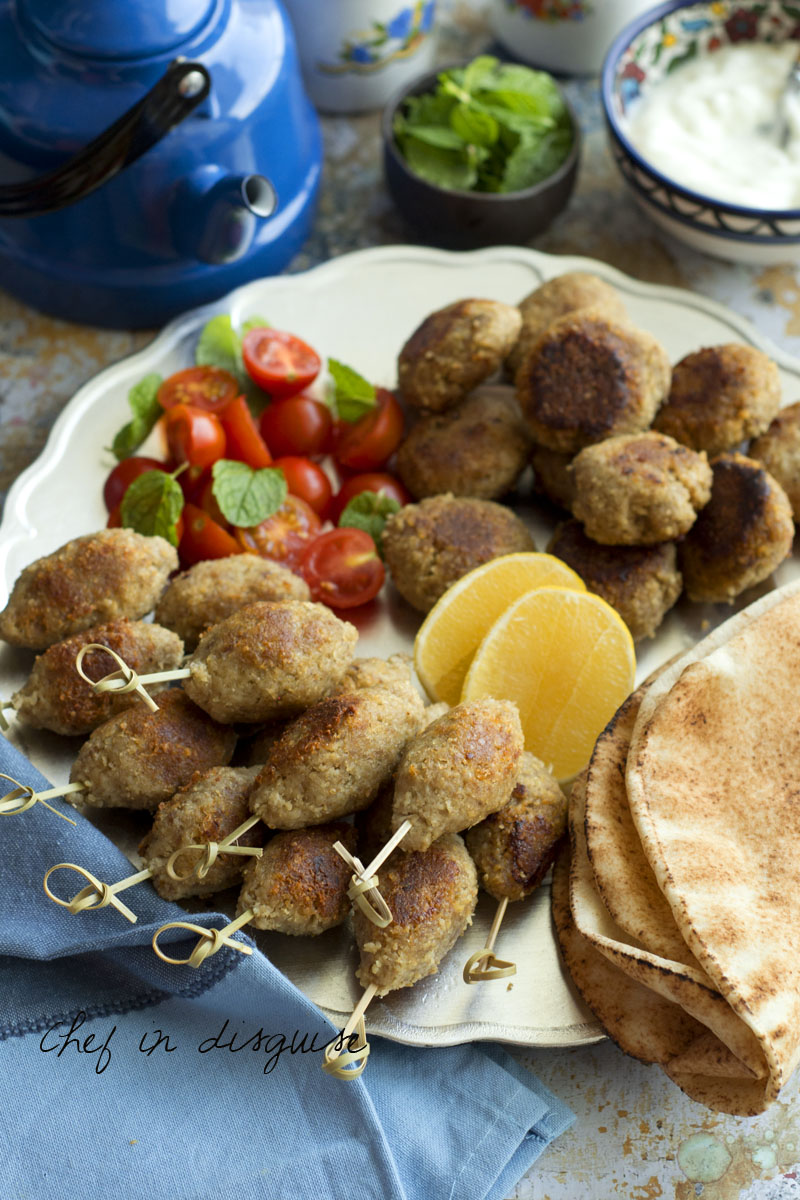
Kfarat kebab
Ingredients:
1 cup minced veal meat (fat free)
1 chicken breast , boneless and finely minced
1 1/4 cups fine bulgur (dry, NOT presoaked)
1 medium onion, finely minced using a food processor with a 1/4 cup of water
1/2 cup extra virgin olive oil (divided)
1/4 cup water for mixing the dough
1 teaspoon salt
1/4 teaspoon pepper
1 teaspoon ground cumin
2.5 teaspoons ground anise
1/2 teaspoon cardamom
Water to cook kebabs + 1 teaspoon salt
Directions:
Combine minced meat,minced chicken,bulgur,minced onions,spices, salt and pepper in a bowl.
Knead the ingredients together until completely homogenous

Add a little bit of warm of water gradually, one spoon at a time, until you get a well combined dough that can be easily shaped.
Try shaping the mix into flat circles and torpedos, if it cracks or falls apart, it needs more water

Add 1/4 cup olive oil and knead again
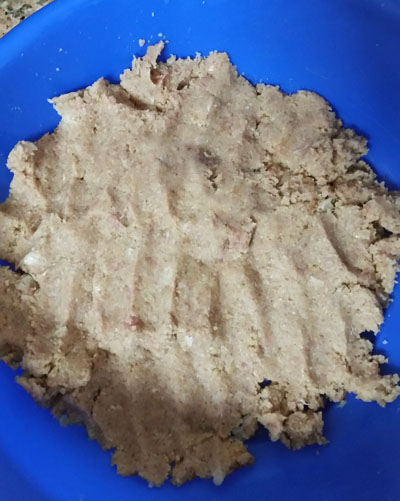
In a deep cooking pot, preferably nonstick or thick based stainless steel, add the remaining 1/4 cup olive oil.
Start forming the kebabs into thick round flat egg sized patties, place them at the bottom of the pot.

As you can see my kebab’s cracked a little during shapping, I should have added a little more water and kneaded the mix again but it did not affect the end result
Form the remaining dough into torpedo shapes, the traditional Kibbeh shape but in a smaller diameter, and place them as a second layer in the pot.
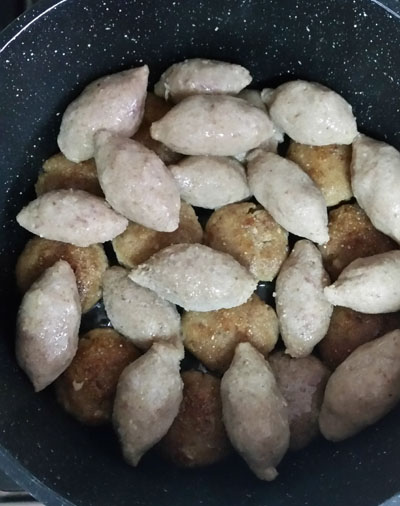
Place the pot over medium heat for about 5 minutes, until you hear the sizzling of oil.
I flipped the bottom layer patties to sear them on both sides before adding the second layer
Add enough warm water to cover the bottom layer and come half way up the second layer
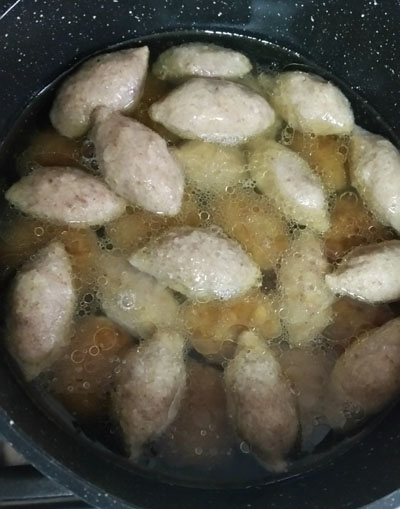
When the water comes to a boil, lower the heat, cover the pot and let it cook for 30-45 minutes or until water dries out.
When the water completely evaporates, the oil will start to sizzle, turn off heat.
You can flip the pot upside down into a serving plate and serve alongside yogurt and salad . The bottom layer will be golden brown with a somewhat crisp crust while the top layer kibbeh shaped kebabs won’t be as they are cooked completely by steam.
If you like, you can sear the top layer in a little bit of oil in a separate pan to give them a bit of color and crunch (That’s what I did)
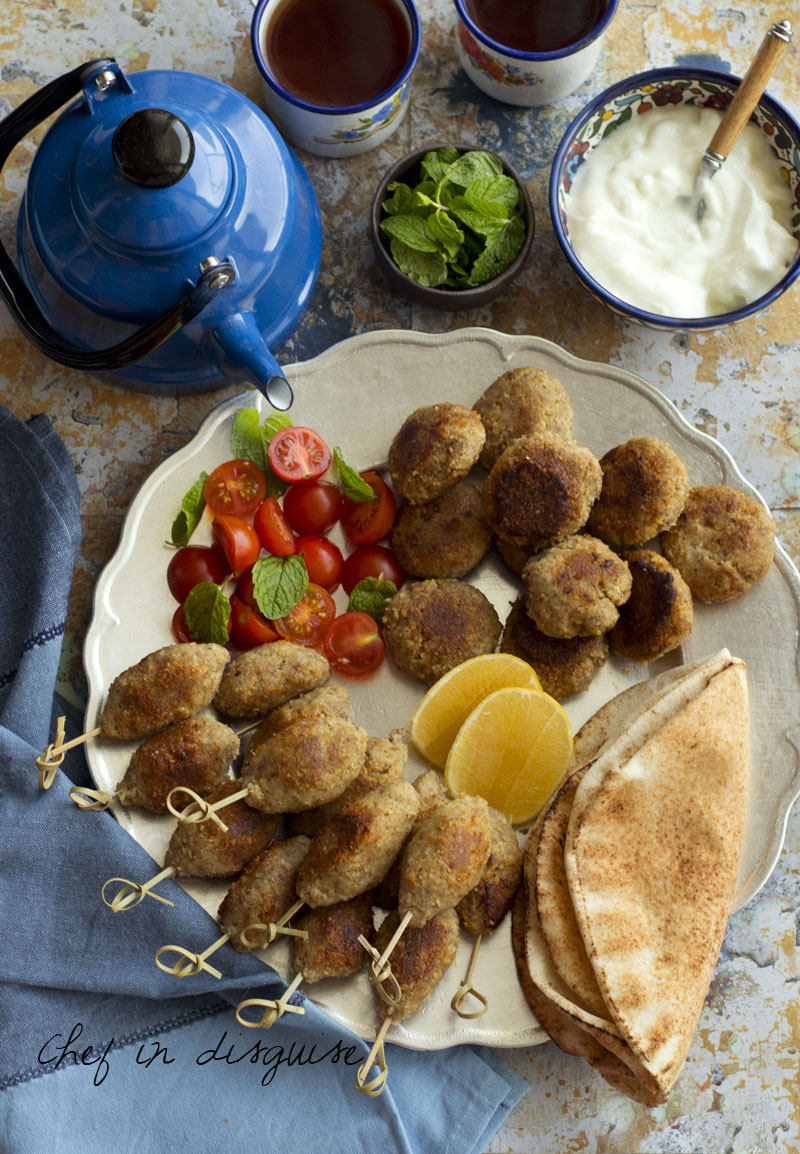
#كباب_الكفارات #نكهة_عربيه تقديم حنان الصمادي من الاردن
بما انه موسم قطف الزيتون وعصره، اخترتلكم وصفة يشتهر فيها عشائر قرى الكفارات، وهي منطقة تشتهر بزيتها الصافي الغني بالنكهة واللون ..
كباب الكفارات _بسكون الكااااف_ من أسهل الوصفات واسرعها .. صحية اذ أنها لا تقلى، بل تطبخ على البخار ..
وذاع صيتها بين القرى حتى اطلق عليها لقب “الديناميت”
طريقة قياس مكوناتها حجمي .. أي لكل كوب لحم مفروم نستخدم كوب برغل ناعم ناقص قليلا.. بصلة.. وبعض الماء وزيت الزيتون….
المكونات :
كوبين ونصف لحم عجل مطحون (من دون دهن اطلاقا) = 700 غم تقريبا
واحد صدر دجاج مخلى من العظم ومطحون ناعم جدا..
كوبين ونصف برغل ناعم غير منقوع..
2 إلى 3 بصلات متوسطة الحجم مفرومة ناعم (يفضل طحنها في محضرة الطعام مع قليل من الماء لضمان نعومتها ) .
1 كوب زيت زيتون
ماء للتعجين.. حوالي ربع كوب فقط
ملح وفلفل حسب الرغبة
* 2 م.ص كمون مطحون
*5 م.ص يانسون مطحون
*1 م.ص بهارات مشكلة (انا اكتفي برشة حب هال مطحون ناعم وزنجبيل مطحون)
*ماء مملح دافىء لغمر الكباب
الطريقة :
1- يفرم البصل ناعما جدا .. يفضل طحنه بمحضرة الطعام مع قليل من الماء لضمان طحنه جيدا حتى لا يبقى قطع كبيرة ولضمان نضجها…
2- نضع اللحمة وصدر الدجاج المطحون في وعاء عميق ..ندعكهم جيدا.. ثم نضيف البرغل الغير منقوع ويدعك معهم.. ثم البصل المطحون..
اذا كان لديك عجانه ممكن للسرعه خلطهم فيها لدقيقتين .. لكن الطريقة الأصليه باستخدام اليدين.. للحفاظ على درجة نعومة اللحم … نضيف البهارات والملح والفلفل..
3- نضيف بالمعلقة بعض الماء الدافىء بالتدريج للحصول على قوام متماسك جدا يمكن تشكيله…
4_ نضيف زيت الزيتون ايضا بالتدريج مع مراعاة الاحتفاظ ببعضه لقاع الطنجرة ..
5_عندما نحصل على عجينة متماسكة ويمكن تشكيلها نتوقف عن اضافة اي سوائل.. يجب ان لا تكون مرقه.. اذا لم تتشكل بسهولة اضيفي المزيد من الزيت بالمعلقة..
6_ نضع في قاع طنجرة طبخ بعض زيت الزيتون (يفضل قدر التيفال او الستانلس الثقيل) ..
7_ نبدأ بتشكيل الكباب وقبل كل واحده نضع بعض الزيت على ايدينا لتسهيل تشكيله، اول طبقة _السفلية التي بقاع القدر _سنشكلها على شكل أقراص مدورة وثخينة بحجم باطن الكف .. والطبقة الثانية بنفس شكل اصابع الكبة التقليدية ولكن قطرها اقل.. إلى ان تنتهي الكمية..
8_عند الانتهاء من التشكيل نضع القدر على نار متوسطة لمدة 5 دقائق حتى نسمع صوت الزيت، ثم نضيف الماء المغلي المملح برفق بين حبات الكباب بحيث لا تغمرها كاملة .. فقط مابين الحبات ..وبعد اول غلوة نتركها على نار هادئة دون فتح غطاء الطنجرة حتى تنضج على البخار مابين 30 إلى 45 دقيقة وحتى يجف الماء تماما..
يجب مراقبتها باستمرار لملاحظة جفاف الماء..
9- عند سماع صوت قرقعة الزيت ونشم رائحة الكباب يكون الكباب قد نضج وتنشف…نطفىء النار وتكون جاهزة…
اقلبي الطنجرة وقدميها مع اللبن الرائب
والسلطة.. وصحتين وعااااافية .
#Kfarat_Kbab #ArabicFlavour

